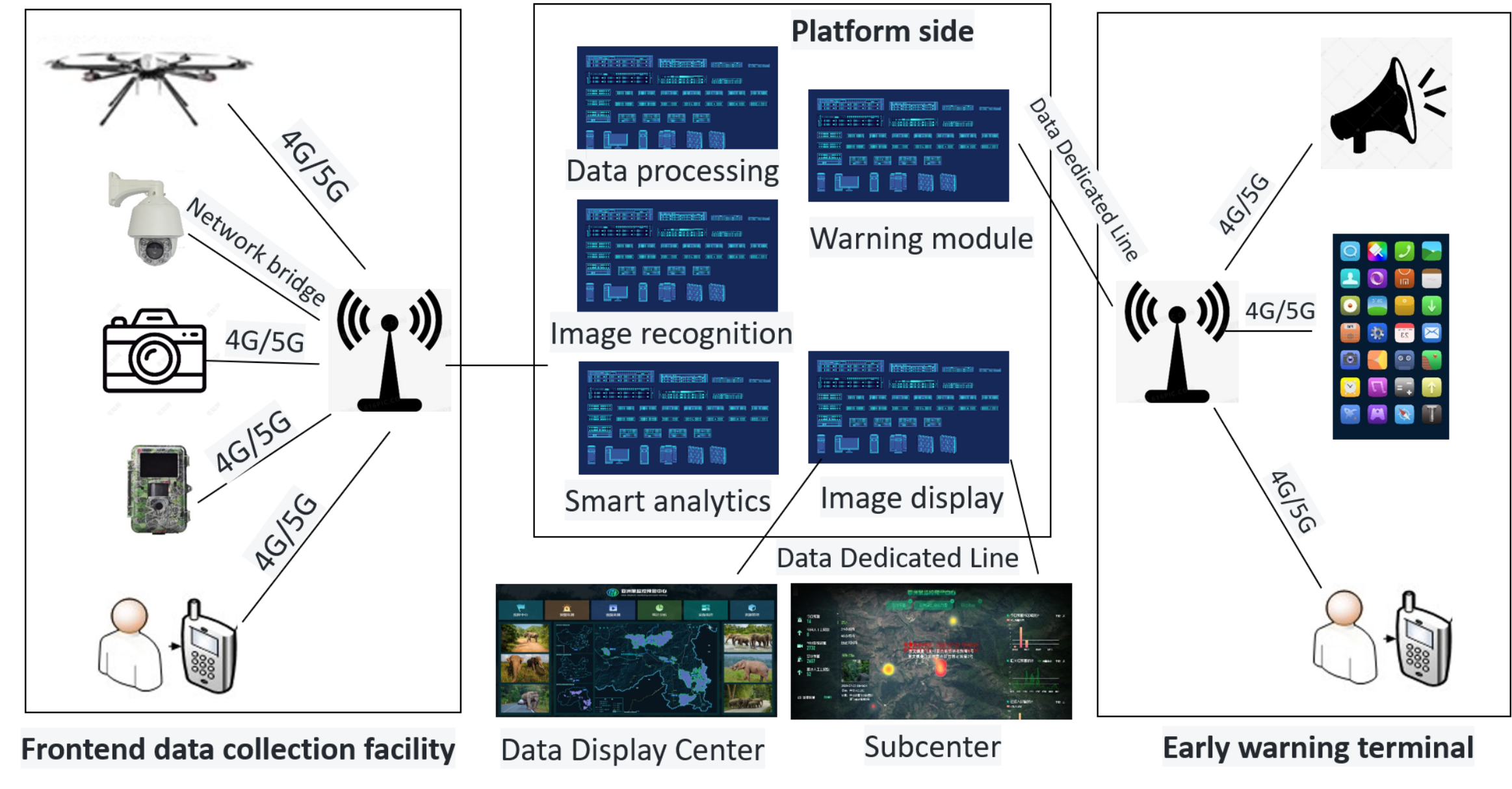In a fish-loving country like Malawi, where fish is the main source of animal protein, but fisheries yields are in decline, great hope and effort is placed in the development of aquaculture. Better access to and regular consumption of fish, which is an important source of protein and essential micronutrients, can make an important contribution to overcoming development challenges. And food insecurity is one of the greatest in terms of public health. Women and children are particularly affected by malnutrition. The expansion and promotion of sustainable aquaculture represents an important approach to meeting a growing demand for fish.
This development requires – among many other aspects – innovations that contribute to successfully mastering challenges in the sector. With a focus on rural aquaculture, the Aquaculture Value Chain for Higher Income and Food Security Project in Malawi (AVCP), part of the Global Programme ‘Sustainable Fisheries and Aquaculture’ under the special initiative ‘One World – No Hunger’ of the German Ministry for Economic Cooperation and Development, is providing technical training to 4,500 small-scale producers in Malawi. Fish farming helps them improve both income and food security.
One of the common and complex challenges in rural aquaculture is the use of mixed-sex Tilapia fingerlings in low-input systems. This means that farmers only have a limited selection and quantity of agricultural by-products available with which to feed a rapidly growing fish population in the pond. This leads to increasing competition for oxygen and food, which leads to poor growth rates and often an acceleration of sexual maturity. Accordingly, final harvests often consist of rather small fish, which does not meet the widespread expectations of harvesting edible – “plate filling” – fish from aquaculture.
Given the unavailability or prohibitiveness of mono-sex fingerlings, fish feed and aerators in rural aquaculture, the project was challenged to find an alternative solution to improve the productivity of rural aquaculture and its contribution to household nutrition.
